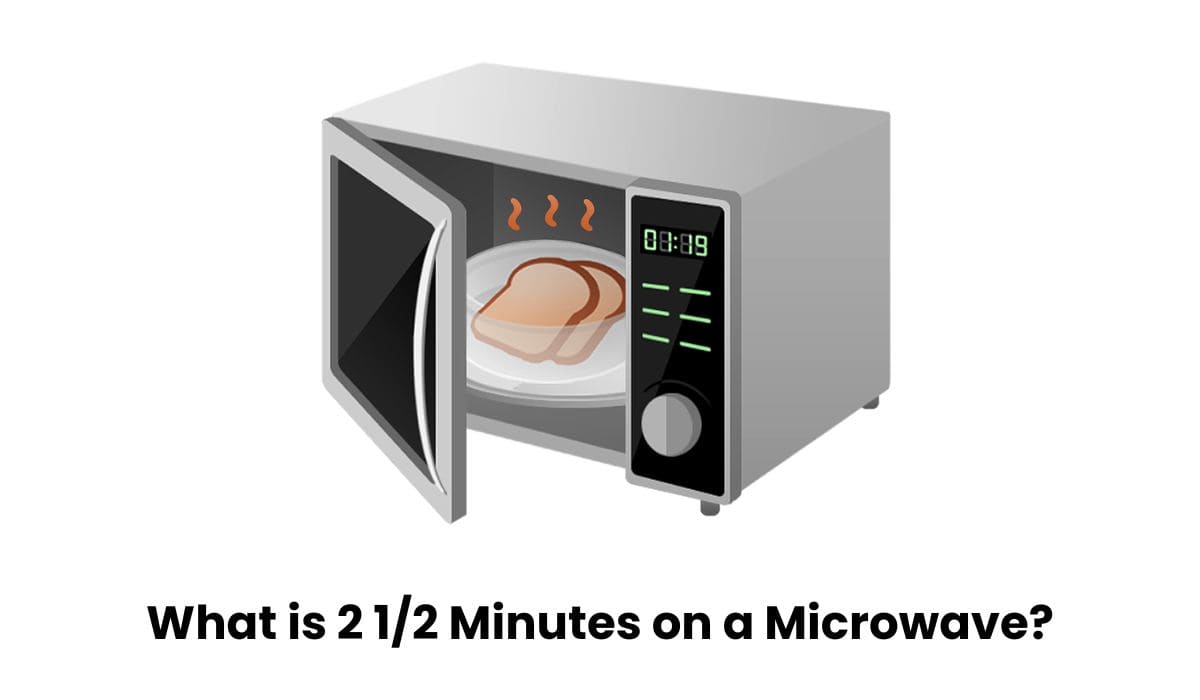Have you ever found yourself standing in front of your microwave, staring at the rotating plate, wondering what exactly those 2 1/2 minutes are going to achieve? It’s a common scenario in many kitchens across the globe. The microwave, a ubiquitous appliance in modern homes, has revolutionized how we heat and cook food.
But what’s the deal with that specific time frame of 2 1/2 minutes? Is it just a convenient default setting, or is there more to it? In this article, we’ll unravel the mystery behind the enigmatic 2 1/2 minutes on a microwave and explore the science and practicality behind this seemingly arbitrary number. Get ready to dive into the heart of the microwave mystique and uncover the secrets hidden behind those brief but impactful moments.
Table of Contents
What is 2 1/2 Minutes on a Microwave?

If you’ve ever used a microwave, you’ve probably noticed that cooking times are often measured in minutes and seconds. But what exactly does it mean when a recipe calls for 2 1/2 minutes in the microwave?
Let’s break it down. First off, when we talk about 2 1/2 minutes, we’re referring to two minutes plus half of another minute. This may sound a bit peculiar, but it’s just a way of expressing time in a more precise manner.
Now, when we talk about converting 2 1/2 minutes into seconds, it’s all about understanding how time works. There are 60 seconds in a minute, so 2 minutes equal 120 seconds. Then, half a minute is half of 60 seconds, which is 30 seconds. Add these together, and you get 150 seconds in total.
So, 2 1/2 minutes on a microwave equals 150 seconds. That’s the duration your food will be heating up, rotating, and getting all warm and delicious inside your microwave.
Imagine popping a bag of popcorn or heating up a bowl of soup for 2 1/2 minutes. It’s not too long, but it’s also not too short. Just the right amount of time to get your food to that perfect temperature without making it too hot or leaving it cold in the middle.
The next time a recipe calls for 2 1/2 minutes in the microwave, you’ll know exactly how long that is in seconds: 150 seconds. So set your timer, sit back, and get ready to enjoy a tasty treat in just a couple of minutes. If you’re curious about why microwaves take the time they do, you might want to read up on what is 3 1/2 minutes on a microwave? to understand more.
How To Set the 2 1/2 Minutes on a Microwave?
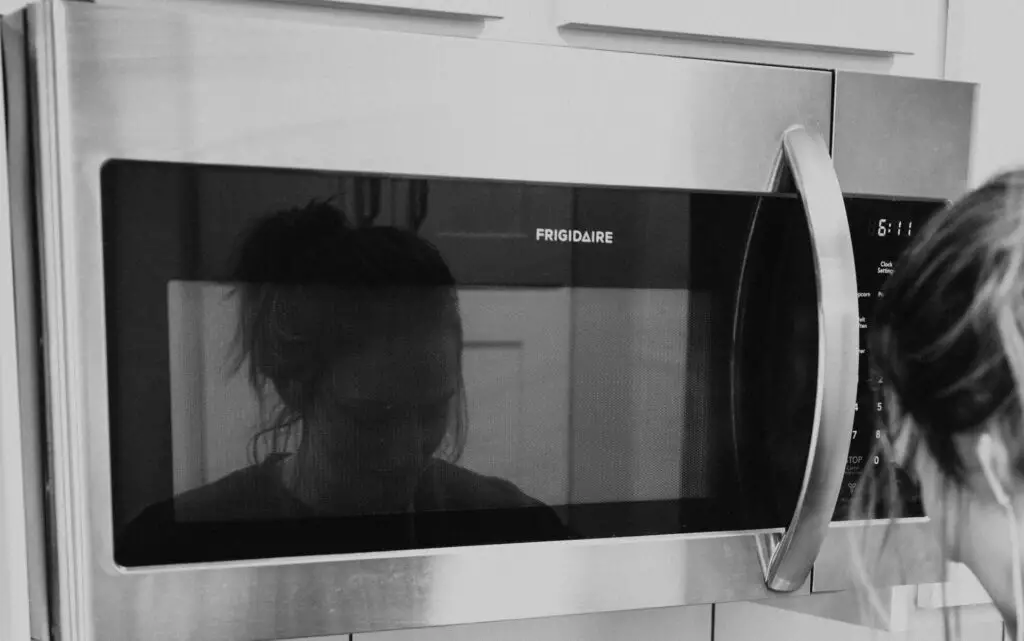
When you’re aiming for that perfect microwave cook, getting the timing right is crucial. Let’s dive into how to set the 2 1/2 minutes on your microwave like a pro.
First things first, locate the control panel on your microwave. It’s usually positioned on the front of the appliance, but the layout may vary depending on the model. Having found it, you’re ready to begin.
Look for the numerical keypad on the control panel to set the time. You’ll see digits ranging from 0 to 9. Press the numbers “2”, “5”, and “0” sequentially to input 2 minutes and 30 seconds, which is equivalent to 2 1/2 minutes.
Double-check the display to ensure that it reflects the correct time you’ve inputted. Some microwaves have digital displays that show the countdown as soon as you’ve entered the time. Others might require you to press an additional button, like the “Start” or “Cook” button, to initiate the timer.
Once you’ve confirmed the time is set correctly, you’re ready to start cooking or reheating your food. Place your dish inside the microwave, shut the door securely, and then press the designated button to begin the cooking process.
While your food is heating up, you can monitor the timer on the display. It’ll count down from 2 minutes and 30 seconds, keeping you informed of how much time is remaining.
When the timer reaches zero, the microwave might emit a series of beeps to signal that your food is ready. Carefully remove the dish from the microwave using oven mitts or a towel to avoid burning yourself.
Remember, microwaves vary in terms of features and functionalities, so it’s essential to consult your appliance’s user manual for specific instructions tailored to your model.
By following these simple steps, you can set the 2 1/2 minutes on your microwave with ease, ensuring perfectly cooked meals every time. For more information on microwave cooking times, check out our article on what is 5 1/2 Minutes on a Microwave?
How Do Microwave Ovens Work?
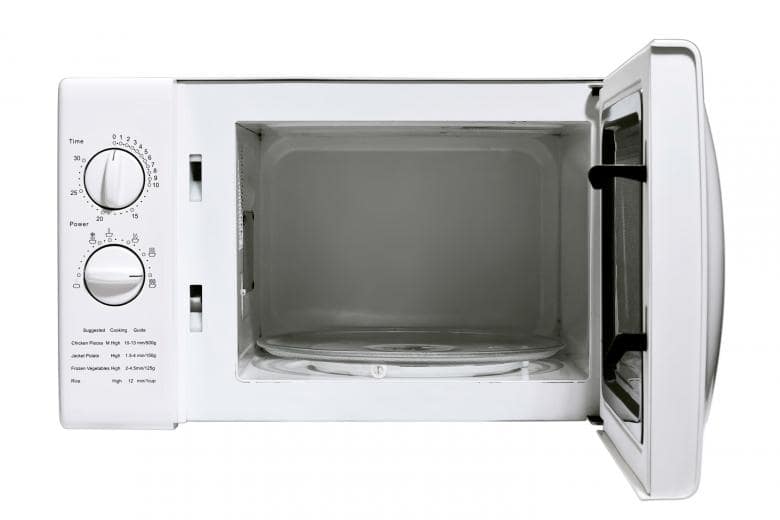
Microwave ovens, those marvels of modern convenience, seem almost magical in their ability to quickly heat up food with just the push of a button. But how exactly do they work their culinary magic?
Let’s take a peek inside the box. At the heart of every microwave oven is a device called a magnetron, a word that sounds like it belongs in a sci-fi movie. The magnetron is responsible for generating the electromagnetic waves that cook our food.
Here’s the secret sauce: microwave ovens use microwaves, which are a type of electromagnetic radiation, to heat food. But don’t let the word “radiation” scare you. Unlike harmful radiation, like X-rays or gamma rays, microwave radiation is perfectly safe for heating food.
When you press the buttons on your microwave and set the cooking time, the magnetron springs into action. It generates microwaves with a frequency of around 2.45 gigahertz. These microwaves travel into the cooking chamber, where they bounce around, pinging off the metal walls.
Now, here’s where things get interesting. Food, especially food with water molecules, is a bit like a sponge for microwaves. The microwaves penetrate the food and cause the water molecules to vibrate at an incredibly high speed. This friction creates heat, which then cooks the food from the inside out.
That’s why microwave ovens are so efficient at heating food quickly and evenly. Unlike traditional ovens, which rely on convection to transfer heat from the outside in, microwave ovens cook from the inside out, which means you’re less likely to end up with cold spots or burnt edges.
But what about those metal objects that come with a big “DO NOT MICROWAVE” warning? Well, metal reflects microwaves rather than absorbing them, so putting metal in the microwave can cause sparks and even damage the oven. It’s best to stick to microwave-safe dishes and utensils.
And there you have it! The humble microwave oven is a modern marvel that harnesses the power of microwaves to revolutionize the way we cook and reheat food. So the next time you’re enjoying a piping hot bowl of leftovers, just remember to thank the magnetron for its culinary magic.
When Using A Microwave: Why is Accurate Timing Important?
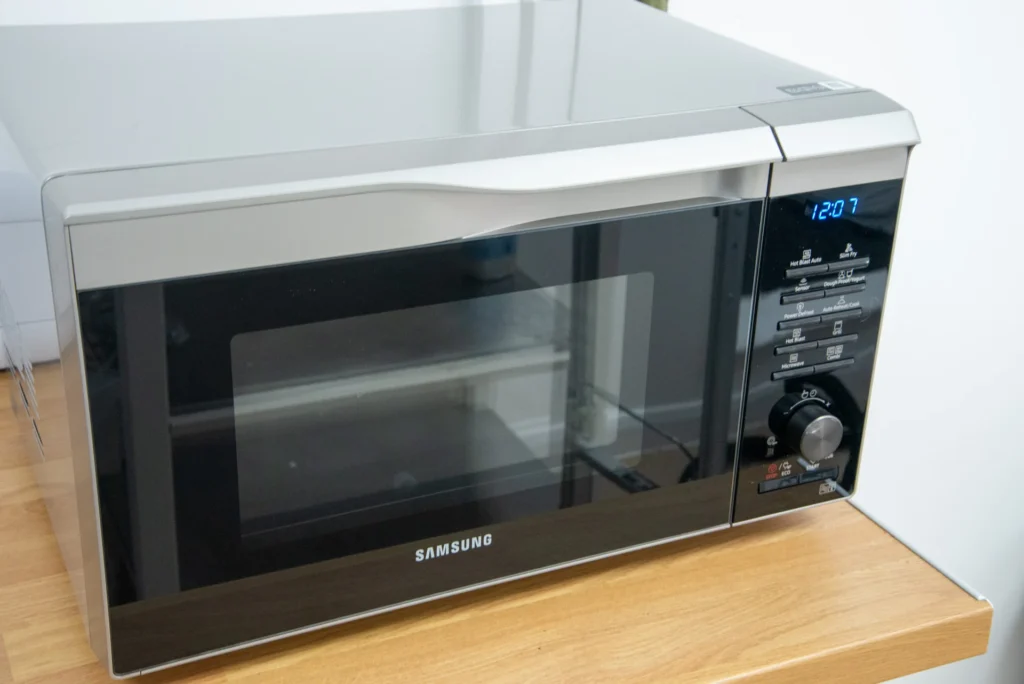
Accurate timing is crucial when using a microwave, and here’s why: Imagine you’re eagerly awaiting your hot, steaming meal after a long day. You pop it into the microwave, set the timer, and eagerly anticipate that satisfying ding. But what if the timer isn’t set accurately? Your food might end up undercooked or, worse yet, overcooked to the point of being unappetizing.
Microwaves work by agitating water molecules within the food, generating heat and cooking it from the inside out. The cooking process relies heavily on precise timing to ensure that your meal is cooked evenly and thoroughly. Just a few seconds can make all the difference between a perfectly cooked dish and one that leaves much to be desired.
Consider the delicate balance of flavors and textures in your meal. Whether it’s a bowl of creamy oatmeal or a plate of leftover lasagna, each component requires just the right amount of time to reach its peak deliciousness. Accurate timing ensures that your food retains its moisture, tenderness, and flavor, giving you a satisfying culinary experience with every bite.
Moreover, precise timing is essential for food safety. Undercooked dishes may harbor harmful bacteria, putting your health at risk. On the other hand, overcooked food can lose vital nutrients and become dry and unpalatable. By setting the microwave timer accurately, you can safeguard both your taste buds and your well-being.
But timing isn’t just about avoiding culinary mishaps; it’s also about efficiency. In today’s fast-paced world, every minute counts. You can optimize your schedule and make the most of your precious time by accurately timing your microwave-cooked meals.
So, remember the importance of accurate timing the next time you’re using a microwave. It’s not just about convenience; it’s about ensuring that every meal is a delight to savor. Take a moment to set the timer just right, and you’ll be rewarded with perfectly cooked dishes that are as satisfying to your taste buds as they are to your busy lifestyle. For more insights on microwave timing, explore our article on 1 1/2 minutes on microwave.
What is 2 Minutes on a Microwave?
Have you ever wondered what exactly happens when you pop something into the microwave for just 2 minutes? It’s a simple act that conceals a fascinating process behind its closed doors.
In those 120 seconds, the microwave oven becomes a stage for a whirlwind of activity. It all begins with the generation of microwaves, which are a type of electromagnetic radiation. These microwaves are produced by a component called a magnetron, nestled within the microwave oven.
Once the microwaves are generated, they bounce around the enclosed space of the microwave oven, eagerly seeking out any molecules they can interact with. These microwaves particularly target water, fats, and sugars—the basic building blocks of many foods.
As the microwaves penetrate the food, they excite these molecules, causing them to vibrate at incredible speeds. This rapid vibration generates heat, which spreads throughout the food. Unlike traditional ovens, which heat the air around the food, microwaves work by directly agitating the molecules within the food itself.
Now, why just 2 minutes? Well, the time it takes to heat food in a microwave depends on several factors: the type of food, its density, its initial temperature, and the power of the microwave oven. Two minutes is often a sweet spot for many simple tasks like reheating leftovers or defrosting small portions.
During those 2 minutes, the microwaves continue their dance within the food, gradually raising its temperature until it reaches a desirable level. The precise timing ensures that the food is heated evenly without being overcooked or burnt.
As the timer counts down, the microwaves switch off, and the once-chilled food emerges warm, perhaps even steaming, ready to be enjoyed. In just 2 minutes, the microwave has transformed a cold, neglected dish into a piping-hot delight, all thanks to the power of electromagnetic radiation and a little human ingenuity.
What are the Rules For Cooking Food in the Microwave?
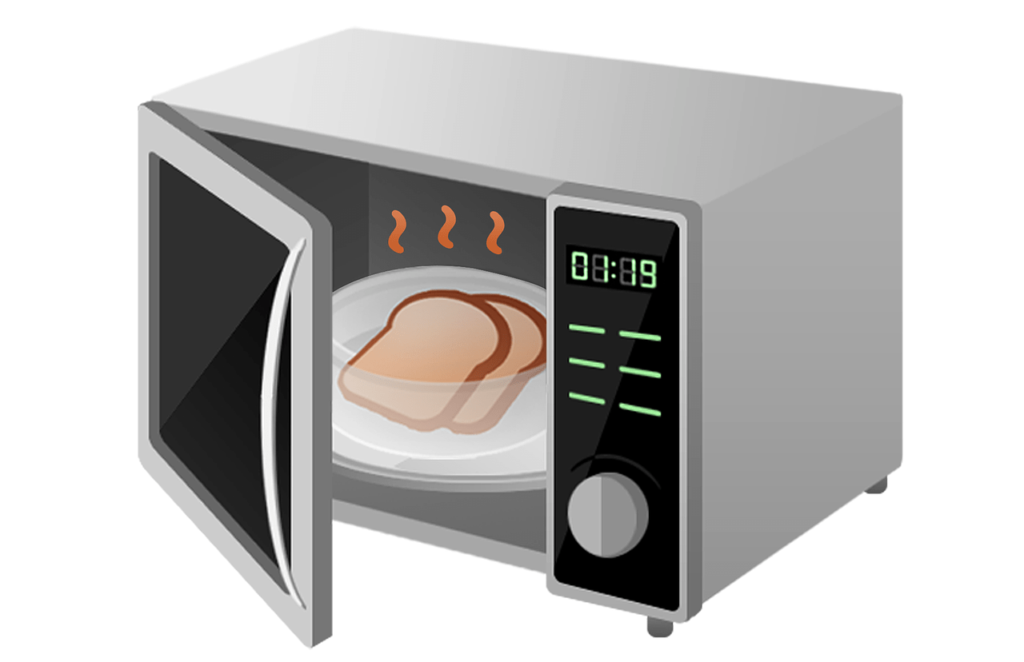
Microwaves have revolutionized the way we cook, offering convenience and speed in preparing meals. However, to make the most of this handy kitchen appliance, it’s essential to understand and follow some basic rules for cooking food in the microwave.
1. Choose Microwave-Safe Containers
Before you start microwaving, ensure that the containers you use are microwave-safe. Look for labels indicating that the container is suitable for use in the microwave. Using the wrong type of container can lead to melting, warping, or even releasing harmful chemicals into your food.
2. Cover Your Food
You are covering your food while microwaving helps to trap steam, which aids in cooking and keeps your food moist. Use microwave-safe lids, microwave-safe plastic wrap, or microwave-safe dishes to cover your food. However, remember to leave a small vent to allow steam to escape and prevent pressure buildup.
3. Stir & Rotate
Microwaves heat food unevenly, leading to hot spots and cold spots in your dish. To ensure even cooking, pause the microwave periodically to stir your food. Additionally, if your microwave has no rotating turntable, consider manually rotating your dish halfway through the cooking process to promote uniform heating.
4. Mind the Cooking Time
Unlike conventional cooking methods, microwaves cook food rapidly. It’s crucial to monitor the cooking time closely to prevent overcooking or burning your food. Start with the recommended cooking time and adjust as needed based on your microwave’s wattage and the type of food you’re cooking.
5. Follow Recommended Power Levels
Most microwaves offer different power levels to accommodate various types of food. For delicate items or foods that require gentle heating, use a lower power setting to prevent overheating or drying out. High-power settings are suitable for quickly cooking or reheating dishes.
6. Pierce Foods with Skins
Foods with thick or tough skins, such as potatoes or squash, should be pierced before microwaving. This allows steam to escape during cooking, preventing the food from bursting and creating a mess inside the microwave.
7. Be Cautious with Metals
Avoid placing metal objects in the microwave, such as aluminum foil or metal utensils. Metal reflects microwaves, which can lead to sparking and potential damage to your appliance. Opt for microwave-safe cookware made of glass, ceramic, or microwave-safe plastic.
8. Allow for Resting Time
Just like with traditional cooking methods, it’s essential to let your food rest after microwaving. This allows the heat to distribute evenly throughout the dish, resulting in better flavor and texture. Letting your food rest also helps prevent burns from hot steam when serving.
9. Monitor Food Temperature
Use a food thermometer to ensure that your microwaved dishes reach the appropriate internal temperature for safe consumption. This is especially important for meat, poultry, and seafood, which must be cooked to specific temperatures to kill harmful bacteria.
10. Experiment & Learn
The microwave offers endless possibilities for quick and easy cooking. Feel free to experiment with different recipes, cooking times, and power levels to discover what works best for you. Keep notes on your cooking experiments to learn from your successes and failures.
By following these rules for cooking food in the microwave, you can enjoy delicious and satisfying meals with minimal effort. With practice and a bit of creativity, your microwave can become one of your most valuable kitchen tools. Happy microwaving!
Conclusion:
In a world where convenience reigns supreme, the enigmatic “2 1/2 minutes on a microwave” holds a peculiar fascination. For many, it’s the magical time stamp that promises piping hot meals in mere moments.
Yet, behind its simplicity lies a fascinating intersection of science and culinary efficiency. Those two and a half minutes encapsulate a delicate balance of electromagnetic waves interacting with food molecules, sparking a dance of heat and transformation. It’s a testament to human ingenuity, where technology meets the demands of our fast-paced lives. Beyond its practical utility, it symbolizes our relentless quest for convenience without sacrificing quality.
So, the next time you punch in those digits, remember the marvel behind those 150 seconds—a testament to human innovation that revolutionized the modern kitchen and reshaped how we perceive time itself.
